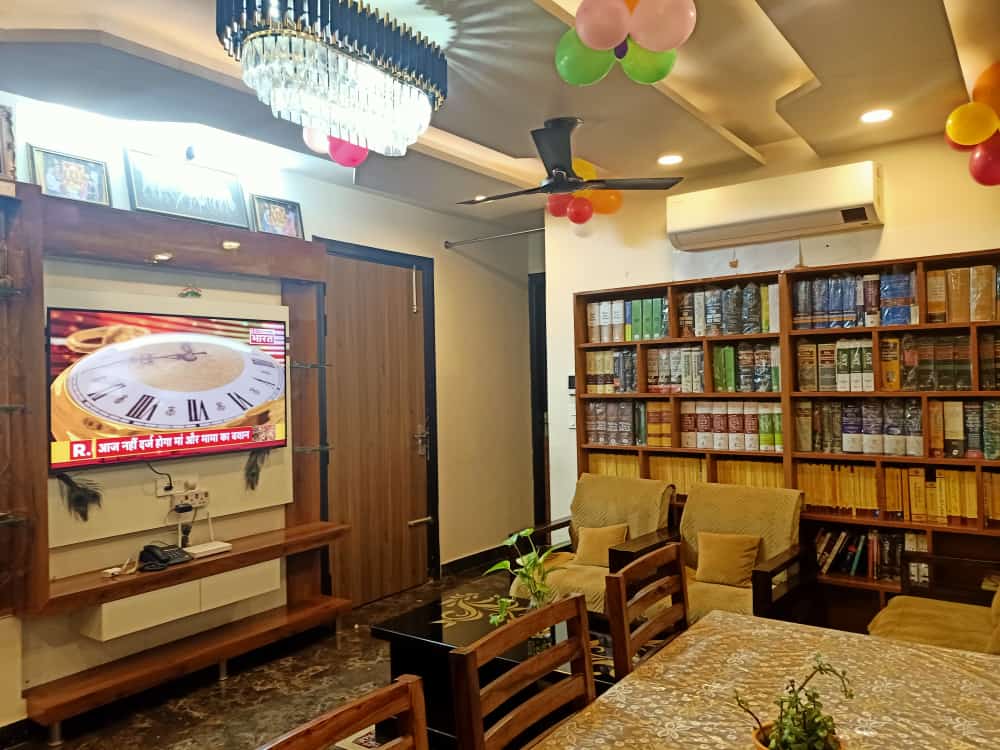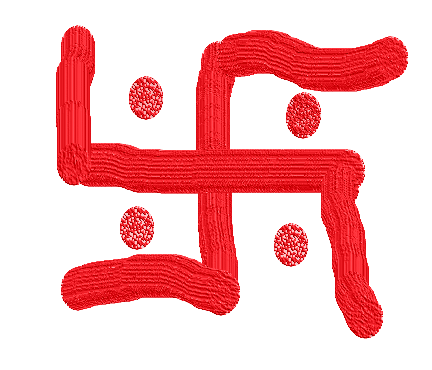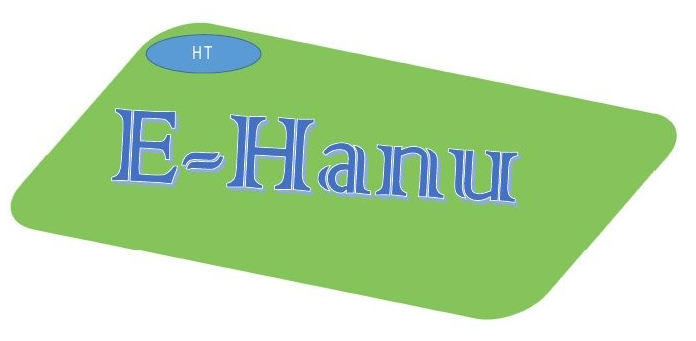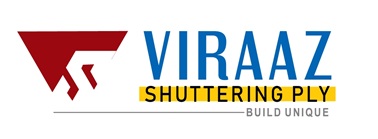Industrial Design Prosecution
Civil litigation, Criminal , Commercial Litigation, Arbitration Proceedings, Intellectual Property Rights , Personal & Family Litigation, Income Tax Litigation, GST , Company Law , Consumer Case , Mediation & Conciliation.
3000 +
Happy clients
300 +
Advocate, CA, CS
10 +
Associates Offices
Request A Call Back
Industrial Design Prosecution
The protection of industrial designs in India is governed by a dynamic legislative framework which is aligned with advances in technology and simultaneous international developments. The Designs Act 2000, which repealed and replaced the Designs Act 1911, sets down the statutory framework for the protection of designs and has been in force since 11 May 2001. The act not only provides for minimum standards of protection for industrial designs (as contemplated in the World Trade Organisation Agreement on Trade-Related Aspects of IP Rights (TRIPs)), but also conforms to international trends in design administration. In conjunction with the Designs Rules 2001 (as amended in 2008 and 2014), the act streamlines the procedural aspects of registering and processing design applications. The 2014 amendment to the Designs Rules brings in ‘small entity’ as a new category of applicant in addition to natural persons. India is also party to various international treaties which protect international designs, including the Paris Convention and TRIPs. Although India is not a signatory to the Locarno Agreement, the classification of articles to which a design is applied is based on the International Classification of Industrial Designs as per the agreement.

Enforcement of Law for Protection
Unregistered designs: An unregistered design is not enforceable under the law, so a design must therefore be registered in order to enjoy protection. However, it may be possible to protect a design under other legislation.
Registered designs: A ‘design’ has been defined statutorily to mean: “features of shape, configuration, pattern or ornament or composition of lines or colour or combination thereof applied to any article whether two dimensional or three dimensional or in both forms, by any industrial process or means, whether manual, mechanical or chemical, separate or combined, which in the finished article appeal to and are judged solely by the eye.” This definition is exhaustive and all statutory requirements must be fulfilled by the feature in order to constitute a design under the act. The key requirement is the feature’s ability to appeal to the eye. This implies that the feature must be visible on the article and have aesthetic or artistic merit or visual appeal.
Although the novelty requirement is absolute, the act provides an exception in the form of a six-month grace period in case of disclosure of the design before filing. The grace period is available only if:-
- the design is disclosed, used or published in an exhibition notified by the government;
- the exhibitor exhibiting the design or article gives prior notice to the controller of designs; and
- the application for the design is filed within six months of the first exhibition of the design.
Cancellation of Registered Design:
As per Design Act, There is no procedure to oppose the registration of a design. However, there is a cancellation procedure under which any interested person may file a petition for cancellation of a registered design at any time after the registration with the controller on one of the following grounds:–
- the design has been previously registered in India;
- the design has been published in India or in any other country before the date of registration;
- the design is not a new or original design;
- the design is un-registrable under the act; or
- the design is not a ‘design’ as defined under Section 2(d) of the act.
On receipt of a petition for cancellation, the Design Office sends a copy of the petition and the evidence filed to the registered owner. Thereafter, the registered owner files a counterstatement and evidence at the Design Office and delivers a copy to the petitioner. After receipt of the counterstatement and evidence, the petitioner may file its reply statement and evidence by way of affidavit. A hearing is fixed and, after hearing the parties, the controller rules on the petition and issues an order.
Case laws related to design infringement in Indian scenario
In the case of Dabur India Ltd. v. Rajesh Kumar and Ors [2008]4 the Delhi high court has raised the questions against the frivolous Design litigation. The Court in the case seems to have given due regards to all the aspects appended to the use of the bottle’s design in question and going beyond the tenets of design law, the Court has taken into consideration practicalities mainly.
In Marico v Raj Oil (2008) 5 the court held that caps were articles as defined under the Designs Act and were “capable of being made and sold separately”. However, an injunction in this instance was refused, since the rival caps were dissimilar.
In Troikaa v Pro Labs 6 (2008) the defendant was restrained from manufacturing, marketing and using tablets that were similar in shape and colour to the plaintiff’s tablet, as it had registered the shape and configuration under the Designs Act.
Infringement of Design
The registered owner of a design enjoys the exclusive right to apply a design to the article in the class in which the design has been registered. A registered owner can file an infringement suit before court. A registered design in India can be enforced by way of a civil action. The remedies against infringement include interim and permanent injunctions, as well as damages. A civil action enforcing a registered design can be filed before the district court where the defendant resides or conducts business or where infringement has taken place. In addition to using the defense of non-infringement, the infringer can use the defense of invalidity of the design on the grounds that the design lacks novelty, is indistinguishable from a known design or contains scandalous matter. If the defence of invalidity is used in a civil action, the district court no longer has jurisdiction and the suit is transferred to the high court with jurisdiction over that district court. Under the act, the registered owner of a design should mark the article with the word ‘Regd’ or ‘Registered’ and the registration number, except in cases of textile designs and articles made of charcoal dust. If the mark is missing, the owner is not entitled to claim damages. Indian courts regularly deal with design infringement matters and a robust body of case law lays down the established legal principles.















































